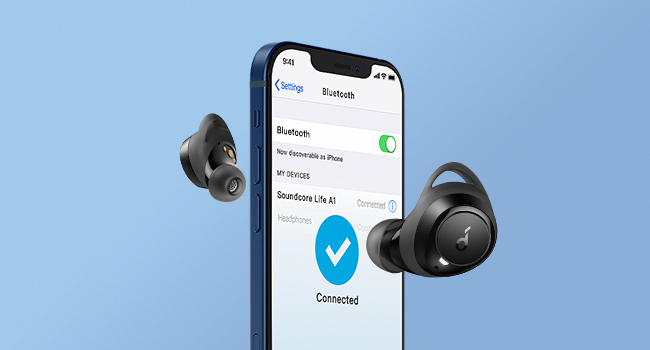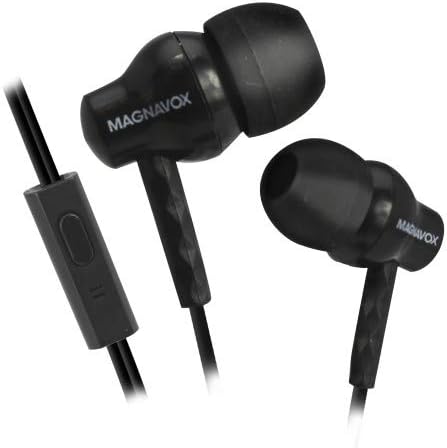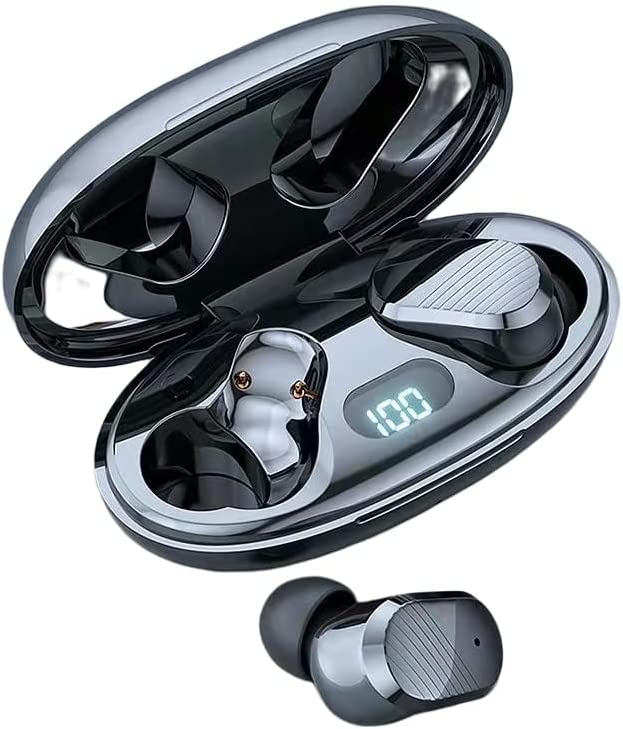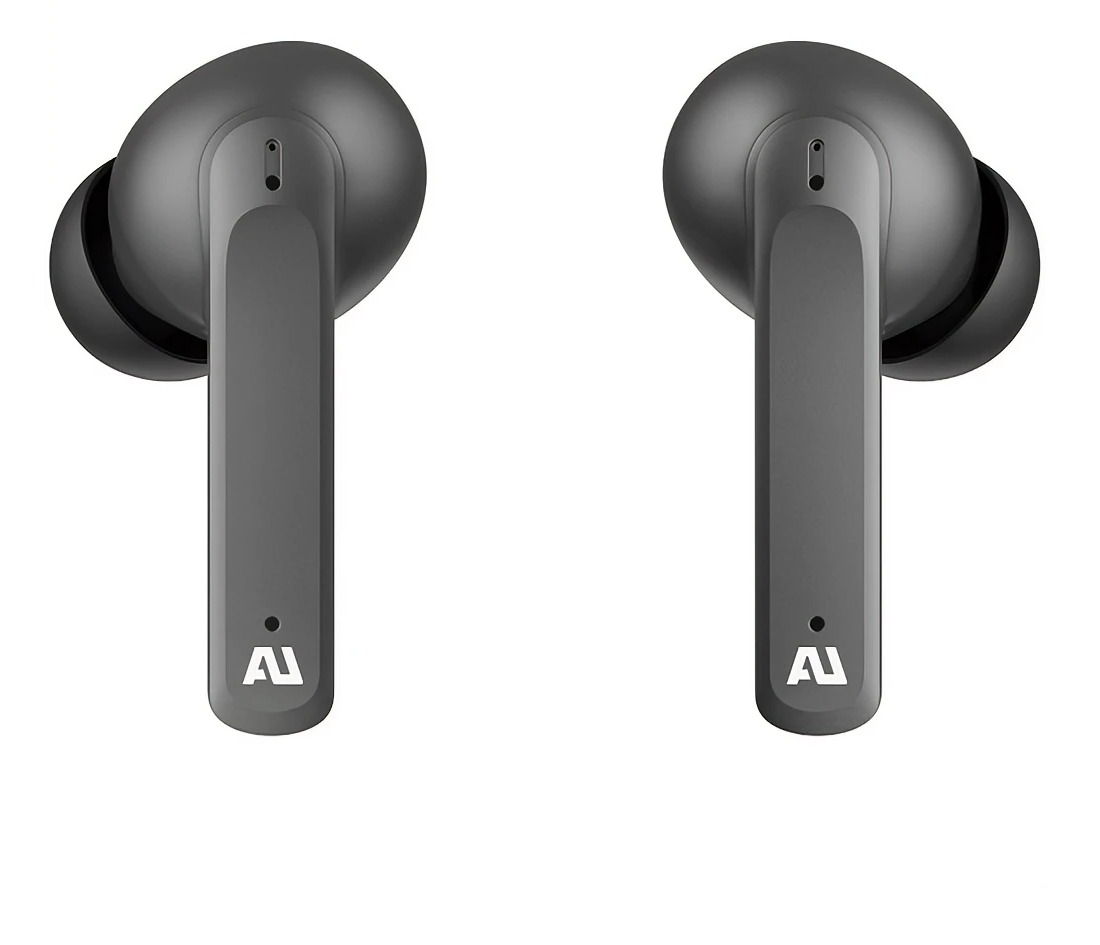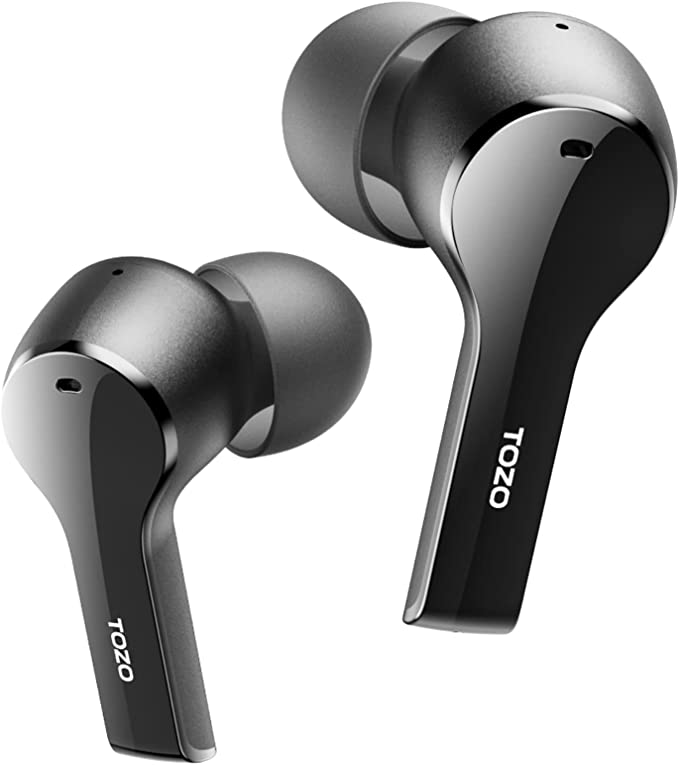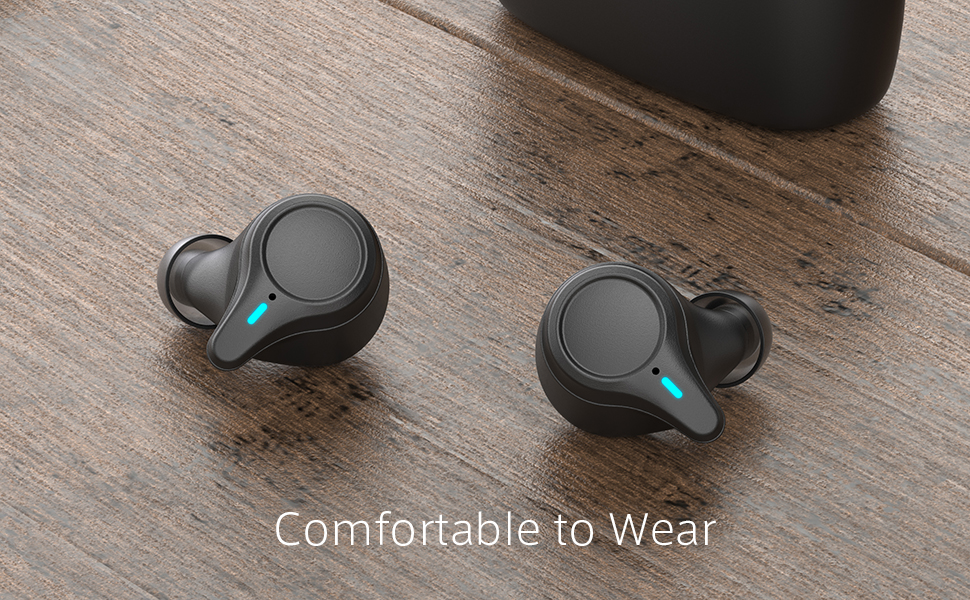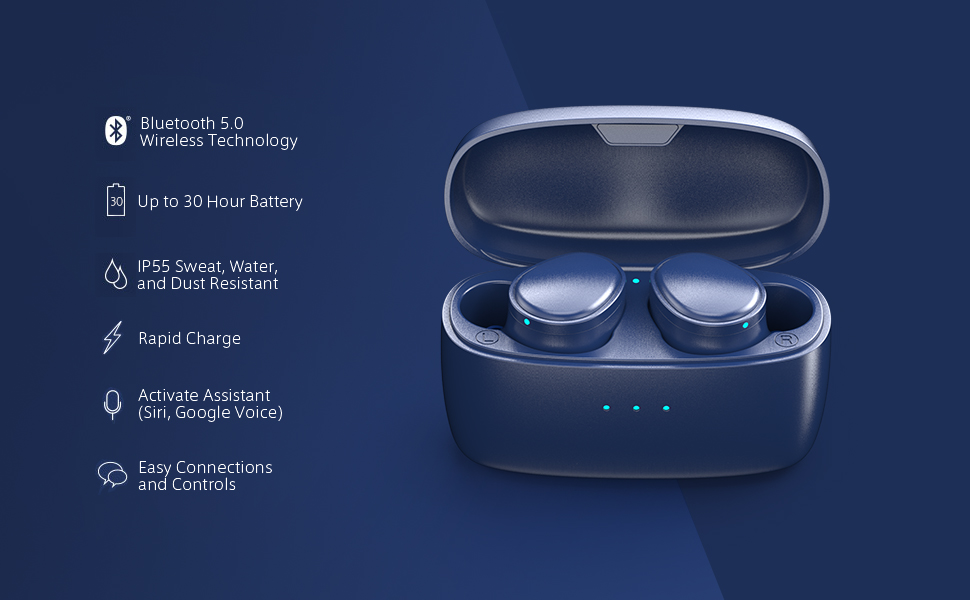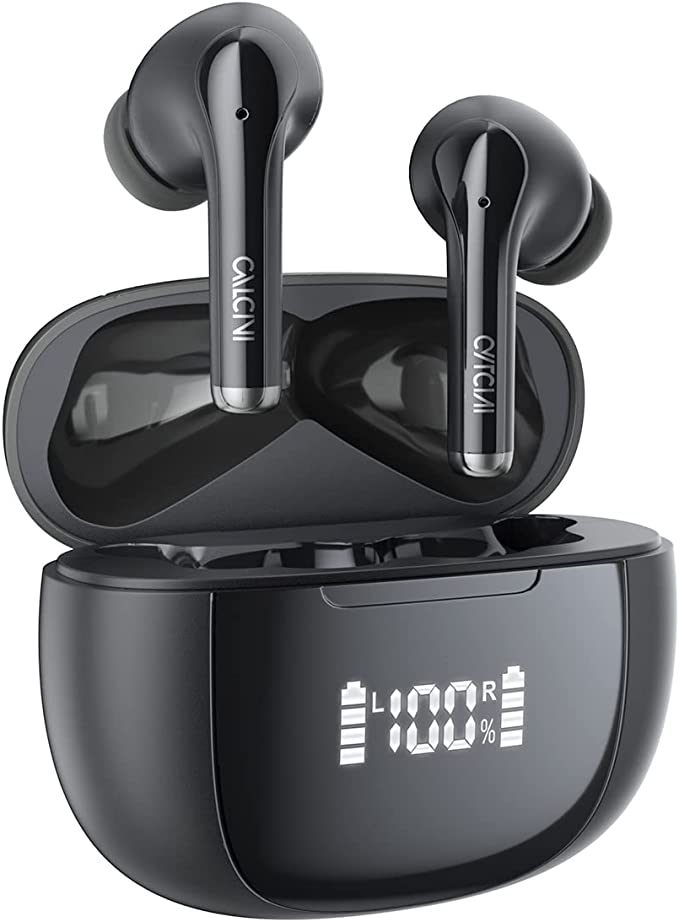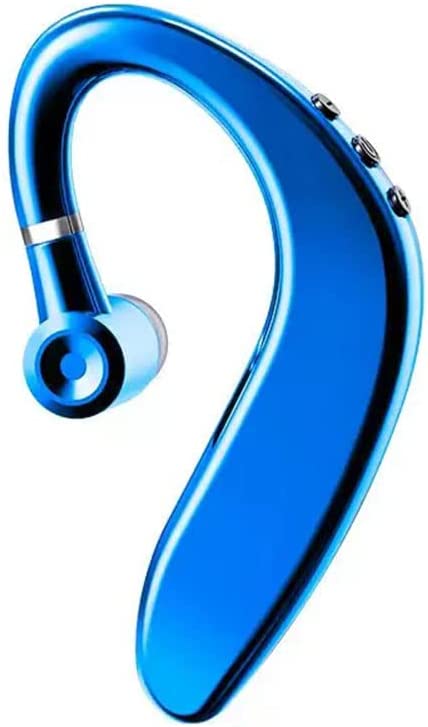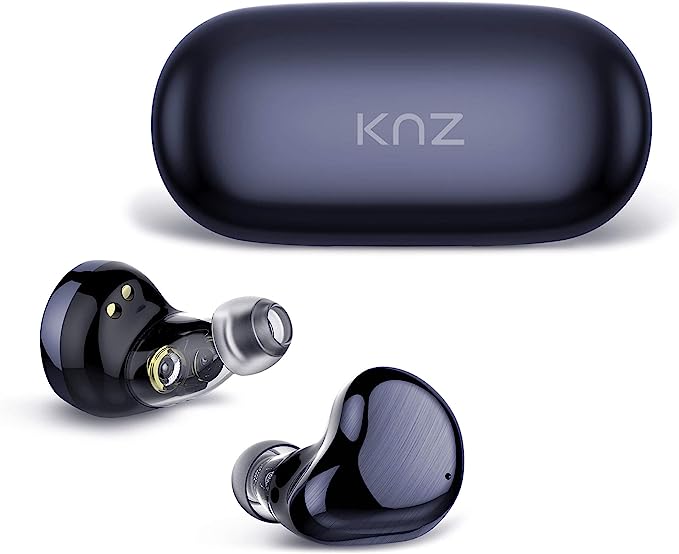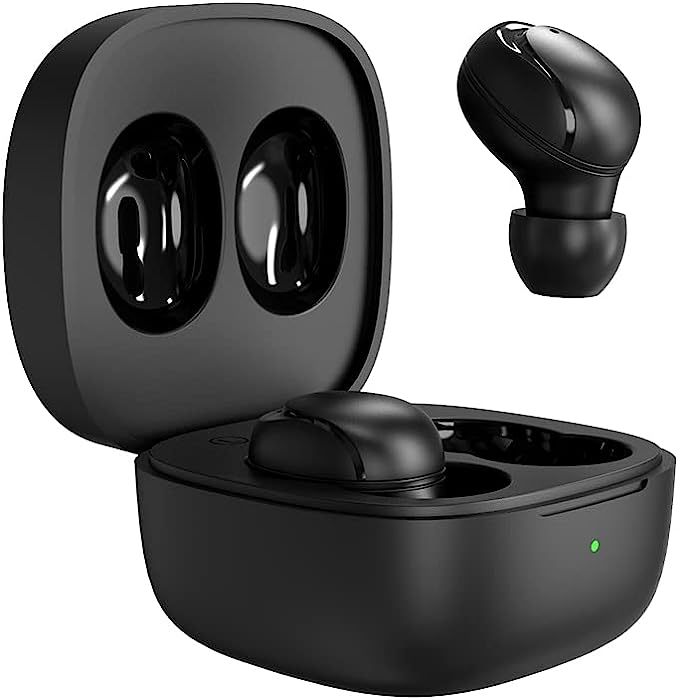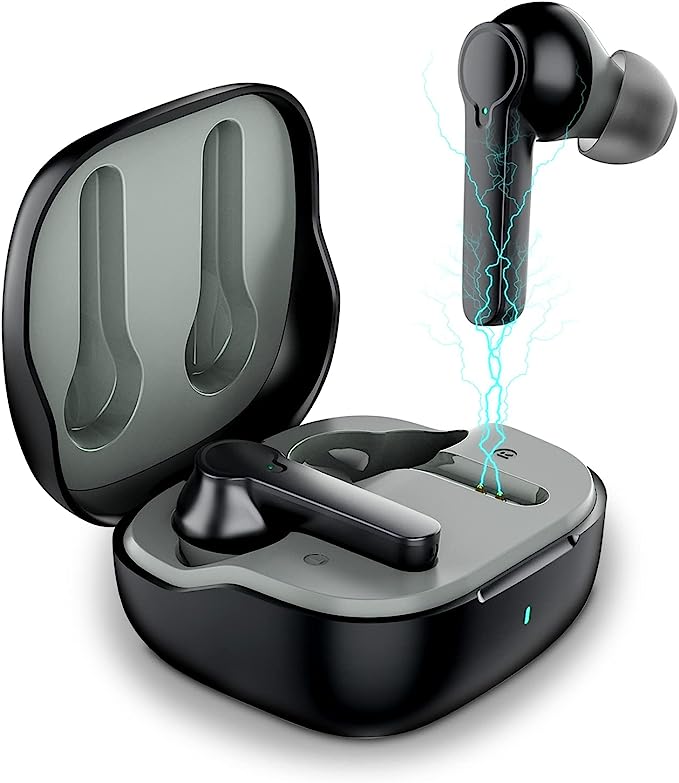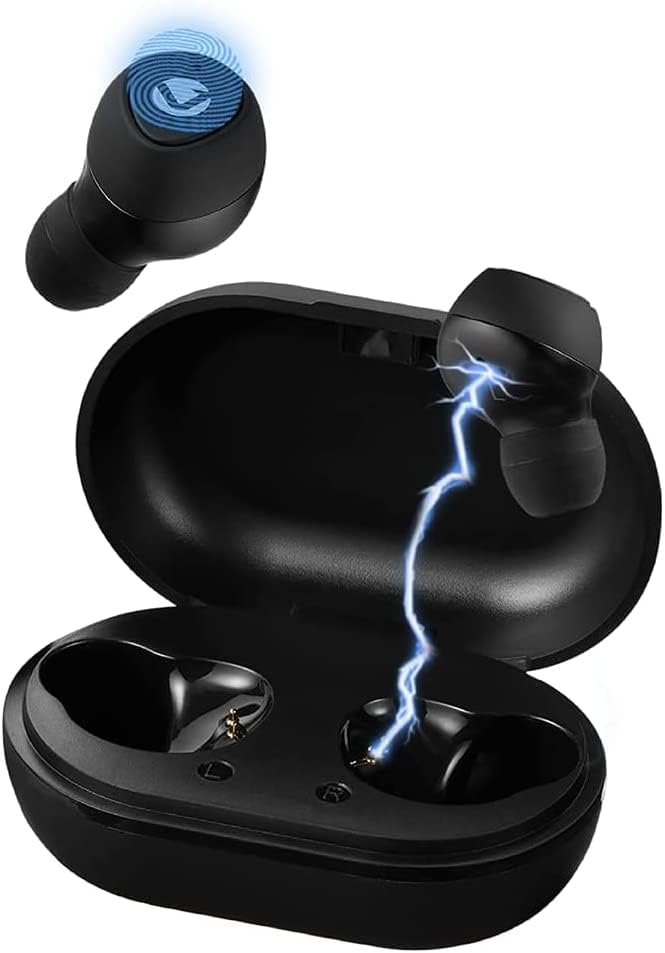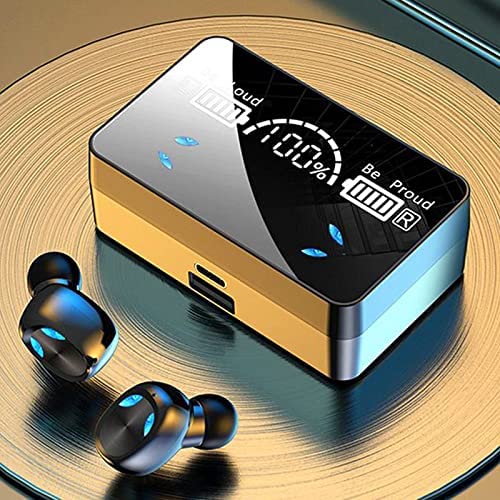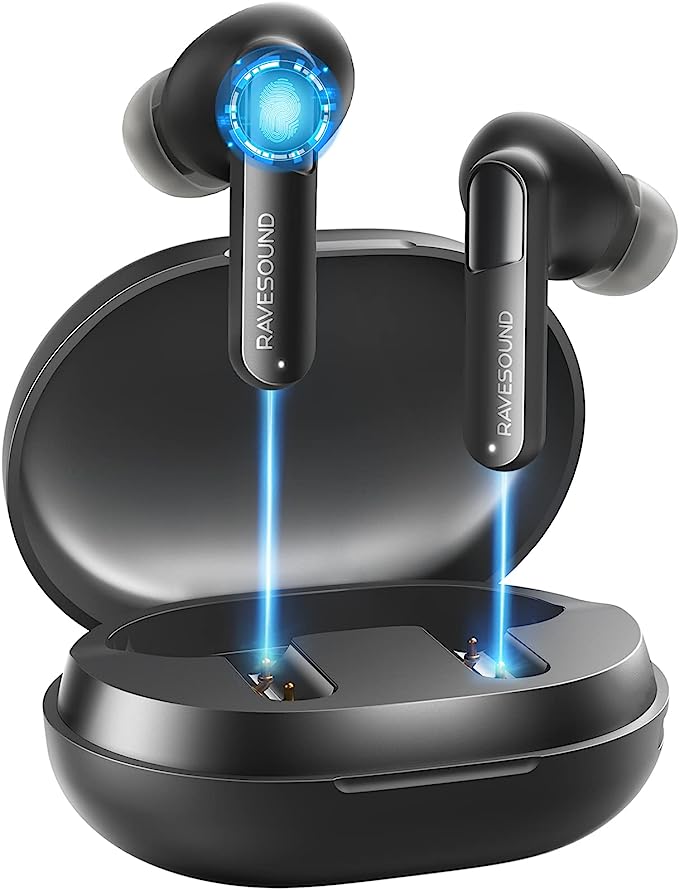Urbanista Paris True Wireless Earphones: Superb Sound Quality Meets Marathon Battery Life
Update on June 30, 2025, 3:19 p.m.
In the vast landscape of personal audio, we’re often told a simple story: you either pay a premium for perfection, or you settle for the disposable mediocrity of the budget bin. It’s a narrative that leaves little room for nuance. But what if the most brilliant engineering isn’t found in products that have everything, but in those that have made the most intelligent choices about what to leave out?
Enter the Urbanista Paris, a pair of true wireless earphones that, on the surface, look like another contender in a crowded field. Look closer, however, and they become a fascinating case study in the art of smart compromise. They challenge us to ask a different question: in a device that costs less than a fancy dinner, where does the magic truly lie? The answer is found not just in its features, but in the physics, chemistry, and engineering principles that dictate its every success and, more importantly, its every limitation.

The Pact of Silence: Crafting a Private Universe
Before a single note is played, the first job of any in-ear headphone is to negotiate a treaty with the outside world. This is the pact of silence. High-end earbuds often achieve this with Active Noise Cancellation (ANC), a sophisticated electronic process that uses microphones to create “anti-noise” waves. The Urbanista Paris, however, employs a far more elegant and ancient principle: physics.
This is Passive Noise Cancellation (PNC), and it’s all about creating a superior physical barrier. Think of it less as a digital force field and more as a custom-built soundproof wall for your ear canal. The key lies in the soft, pliable silicone tips. When you find the right size, the material creates what acousticians call an “acoustic seal.” This seal is incredibly effective at blocking high-frequency sound waves—typically those in the 2,000 to 8,000 Hz range. Coincidentally, this is the exact spectrum where the most distracting ambient sounds live: the sharp clatter of keyboards, the piercing hiss of an espresso machine, and the distinct chatter of human voices. It’s no surprise, then, that one user reported that “a lot of outside noise is almost completely suppressed.” This isn’t a happy accident; it’s a direct consequence of good ergonomic design meeting material science. The impressive 4.7 out of 5 comfort rating is further proof; a comfortable earbud is almost always one that seals well.

The Alchemist’s Touch: The Sonic Signature of Axel Grell
Once your private listening bubble is established, the real performance begins. Urbanista prominently mentions a collaboration with audio engineer Axel Grell, a name that carries the weight of decades spent crafting legendary sound at companies like Sennheiser. This isn’t just marketing fluff; it’s a statement of intent. It tells us the sound profile wasn’t left to chance, but was meticulously sculpted.
So, what does a media outlet mean by “gorgeously warm bass and a beautifully smooth treble”? This is the language of a specific audio tuning philosophy.
Imagine sound as a recipe. “Warm bass” refers to a deliberate, gentle lift in the low-end frequencies, likely around the 100-250 Hz range. This gives kick drums and basslines a satisfying fullness and presence without turning them into a muddy, indistinct rumble that overwhelms the rest of the music.
“Smooth treble,” on the other hand, is the art of subtraction. It involves carefully taming any sharp, unpleasant peaks in the higher frequencies, particularly in the 4-7 kHz range where the “s” and “t” sounds in vocals (sibilance) can become harsh and fatiguing. This is a principle of psychoacoustics: a sound that is technically “accurate” but physically irritating is a failure. Grell’s touch here is to create a sound that is both engaging and can be listened to for hours without causing discomfort. It’s an alchemist’s touch, turning raw electrical signals into auditory gold.

The Currency of Power: The Invisible Economy of Wireless Life
The freedom of true wireless audio is paid for with an invisible currency: energy. The Paris boasts a respectable 20 hours of total playtime, a figure made possible by the energy density of modern Lithium-ion batteries and the efficiency of Bluetooth 5.0. This latter technology, governed by the Bluetooth Special Interest Group (SIG), promises a more stable connection and lower power draw than its predecessors.
Yet, reality is often more complex. User reports of “occasional connectivity issues” don’t necessarily indict the earbuds themselves. They highlight the chaotic reality of the 2.4 GHz radio frequency band, a space crowded with signals from Wi-Fi routers, microwaves, and countless other devices, all fighting for airtime. The wireless handshake is a delicate dance in a very crowded room.
More telling are the reports of “battery degradation” and the case’s surface “melting” after months of use. This is where we confront the inescapable laws of chemistry and material science. A Li-ion battery, by its very nature, has a finite lifespan, typically retaining most of its capacity for 300-500 charge cycles before a noticeable decline. As for the degrading surface, this is likely a slow chemical reaction between the earbud’s polymer coating and the natural oils and acids in human skin and sweat, accelerated by body heat. It’s a classic engineering trade-off: at this price, manufacturers must choose materials that feel good and look good on day one, even if their long-term resilience is a compromise. The convenience of Qi wireless charging—a minor miracle of electromagnetic induction trickling down from premium tiers—cannot halt the slow march of chemical decay.

The Armor for Everyday Life: Deconstructing Durability
Finally, there is the question of survival. The IPX5 rating stamped on the Paris is a specific, not general, promise of protection, defined by the International Electrotechnical Commission’s standard 60529. The ‘X’ means it has no certified protection against dust ingress. The ‘5’, however, means it’s protected against low-pressure water jets from any direction.
In practical terms, this makes it an excellent shield against the rigors of a gym workout or a run in a light drizzle. Sweat and rain won’t breach its defenses. But it is not armor for a swimming pool. This isn’t a flaw; it’s a deliberate and intelligent design choice, providing the precise level of protection needed for its target urban lifestyle without the added cost and complexity of full waterproofing.

Conclusion: The Brilliance of Intelligent Compromise
The Urbanista Paris is not a perfect product, because in the real world of engineering and economics, no such thing exists. Instead, it is something far more interesting: an intelligently compromised one. Its creators made a calculated gambit. They invested heavily in the things you feel and hear every single day: the secure, isolating comfort of the fit and a rich, pleasing sound signature crafted by a master.

In exchange, they accepted the universal challenges of battery chemistry, the inherent chaos of wireless signals, and the material realities of its price point. The result is not a watered-down version of a premium earbud. It’s a testament to a different kind of excellence—the brilliance of being purposefully, intelligently ‘good enough’. For the informed consumer, the lesson is clear. True value isn’t found in a checklist of every possible feature. It’s found in understanding the science behind the choices that were made, and realizing that sometimes, the most elegant design is the one that knows exactly what it’s worth fighting for.
